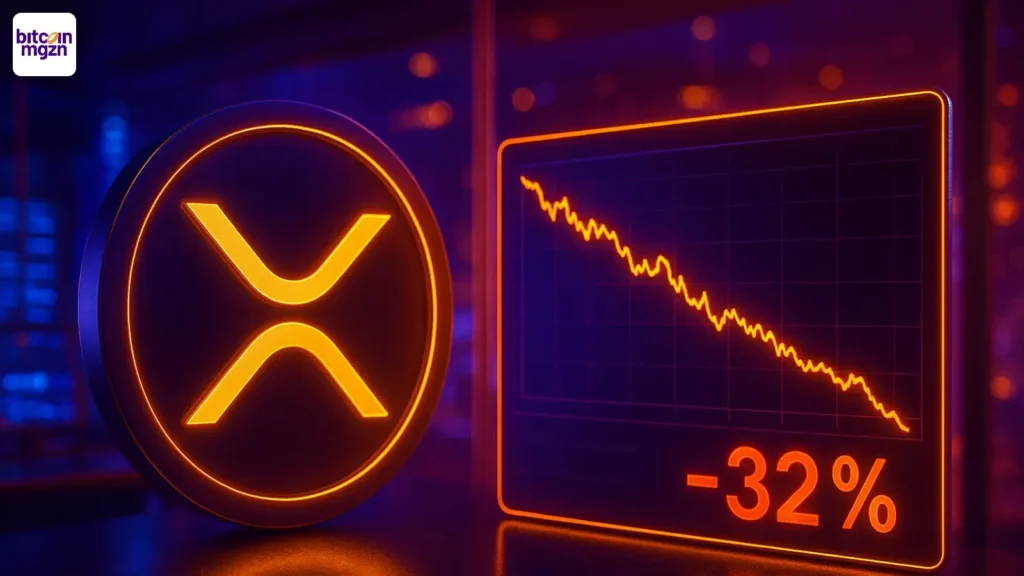Shipyard, a key maintainer of libp2p — the peer-to-peer networking stack underpinning Ethereum and dozens of other networks — will cease support for its Go and JavaScript implementations by Sept. 30, citing resource constraints.
In a blog post, the team confirmed it is “working to transition stewardship to the community.”
Libp2p is the backbone of Ethereum’s peer-to-peer networking layer, providing the protocol suite that consensus clients use to discover peers, exchange messages, and propagate blocks and attestations across the network. Ethereum clients rely on libp2p’s Gossipsub pub/sub protocol to rapidly broadcast new blocks and validator votes, a process that must complete within strict slot deadlines to keep the chain running smoothly.
The status quo is “against good engineering practice,” according to MIT professor and Optimum co-founder Muriel Médard, who has developed a drop-in, API-compatible replacement for Gossipsub, called OptimumP2P (mumP2P).
“The thing is, if you hardwire something that does not need to be hardwired, you create fragility and dependence,” Médard told Blockworks.
Tea Protocol presents one possible answer to funding conundrums such as this, within the open-source software community. Tea is a blockchain-based system that maps open-source dependencies, ranks projects by criticality, and routes token rewards and security bounties to maintainers to ensure long-term, sustainable support, per Tea co-founder Max Howell, creator of Homebrew.
While the ecosystems that rely on libp2p are mobilizing around a transition for the software, in the short term there’s a risk of a slowdown in triaging bugs or security issues, amid the loss of Shipyard’s institutional knowledge.
“The incentives aren’t really there for open source maintainers to care enough about security,” Howell told Blockworks, noting that, today, open-source software is more than “a public good,” and rather “fundamental infrastructure.”
Timothy Lewis, Tea’s co-founder, said libp2p “sits in what we consider the protocol ranking graph — the layer of active protocols and standards that underpin ecosystems like Ethereum.”
Tea tracks the relative importance of code through a system called tea rank, based on package manager data, and is now “leaning into graphing those protocols” as well, Lewis added.
Alternatives brewing
Optimum’s alternative, mumP2P, provides a libp2p-like pub-sub interface while using Random Linear Network Coding (RLNC) to remove Gossipsub’s redundancy and latency.
Médard said Gossipsub “slows down under stress,” and that propagation bottlenecks are now a key limiter for Ethereum scaling. By contrast, mumP2P is able to send “equations” rather than repeated messages, resulting in much lower latency — though it’s still in testing.
For now, libp2p’s future hinges on a new wave of community maintainers, including those from within crypto. Whether protocols like Tea can deliver durable funding for unglamorous maintenance work remains to be seen.
“Our mainnet is just around the corner,” Lewis said. “This is how we ensure the protocols at the heart of Web3 aren’t left behind, but are sustainably supported for the long term.”
Get the news in your inbox. Explore Blockworks newsletters:
Source: https://blockworks.co/news/ethereums-peer-to-peer-backbone


